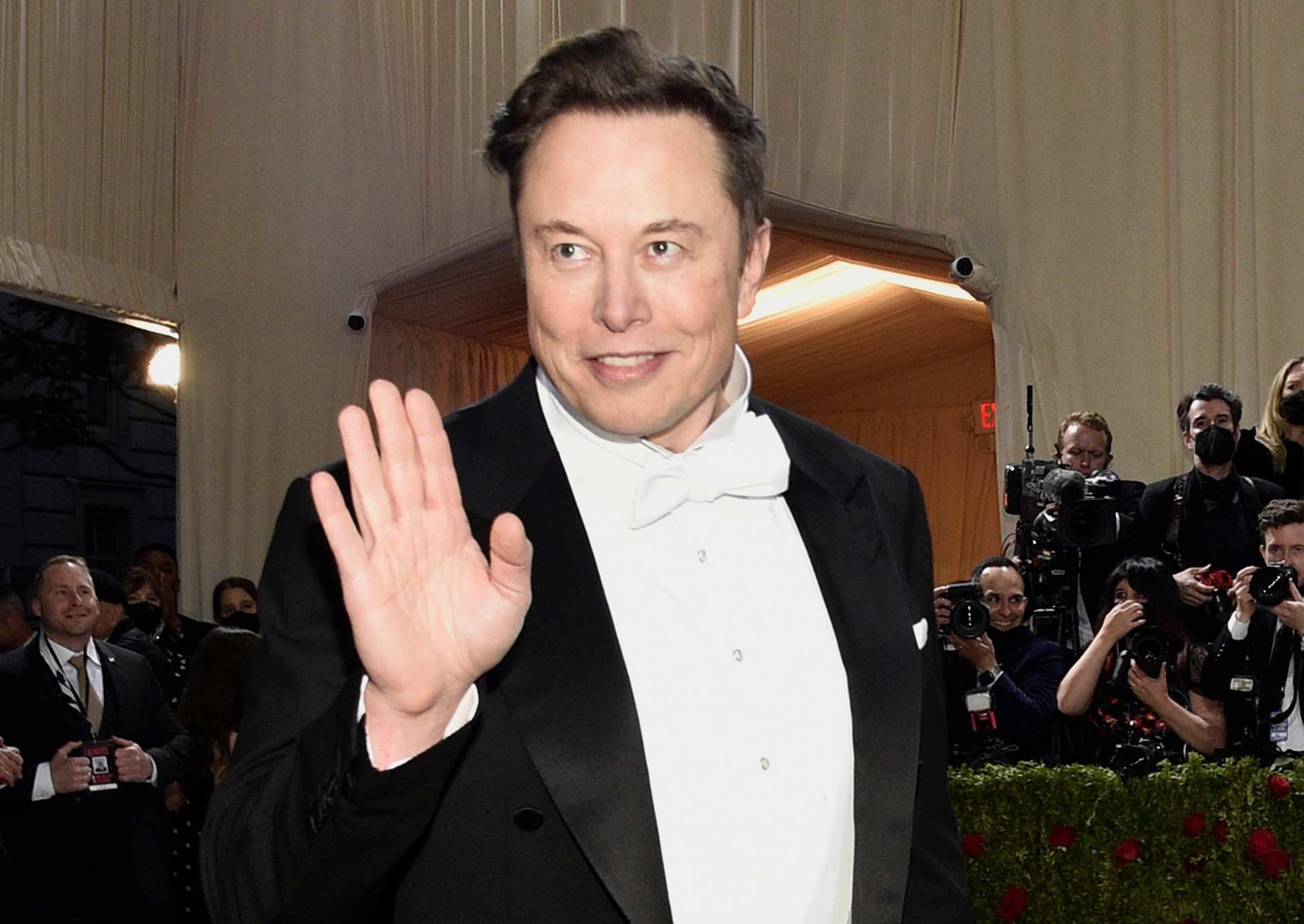After successfully bidding on Twitter for US$44 billion (AUS$61.4 billion), Elon Musk’s plans for the social media site have been disclosed. Musk, the world’s wealthiest man, is said to have delivered a presentation deck to investors this week saying that he would grow Tesla’s yearly income from US$5 billion (AUS$7 billion) last year to US$26.4 billion (AUS$37.3 billion) in 2028.
Musk also plans to boost Twitter’s user base from 217 million at the end of last year to over 600 million in 2025 and 931 million in 2028, according to the deck reviewed by The New York Times. He targets US$30.22 (AUS$42.70) in average income per user in 2028, up from US$24.83 (AUS$35.08) last year. According to the New York Times, many people will be employed and dismissed in order to get there.
By 2025, the plan is to have 11,072 workers. Twitter presently employs over 7500 people, with 1725 more anticipated to be employed by 2022. However, by 2023, 893 individuals would have lost their employment, and no new workers would be hired. According to the Fresh York Times, Musk is expected to “fire people” as part of the acquisition, and then hire new technical expertise. According to reports, a mystery new product dubbed X was also mentioned in the deck, with a target of 104 million customers by 2028.
Within six years, Musk anticipates 159 million users on Twitter Blue, which costs AUS$4.49 per month and allows users to customize their experience. It was just released a year ago.
Other significant elements included bringing in US$15 million (AUS$21.3 million) from a payments company in 2023 and US$1.3 billion (AUS$1.8 billion) by 2028 from a payments business. It’s unclear what it entails. According to the presentation, the firm would depend less on advertising, with advertising accounting for less than half of its income. Musk’s buyout was approved by the Twitter board over two weeks ago.
He sold around AUS$5.6 billion worth of Tesla shares in the days following, and then announced on Twitter that no additional Tesla stock transactions will be made. According to AFP, he promised up to C$29.4 billion (AUS$32.26 billion) from his own wealth to bankroll the buyout of the social networking site, with the balance paid via debt.
Musk’s objective of “free speech”
Musk had asked Twitter users what they thought of the social media network and freedom of expression a month before striking the arrangement. He asked people whether the Twitter algorithm should be open source in a vote on March 25. “Free expression is crucial to a healthy democracy,” he added in a fresh survey released hours later. Do you think Twitter follows this rule to the letter?
“The results of this survey will be significant. He added, “Please vote wisely.” Musk continued to make public remarks and tweets after the Twitter board approved his purchase, emphasizing the importance of free expression on the network above censorship. In one tweet, he stated, “For Twitter to earn public confidence, it must remain politically neutral, which basically means offending both the extreme right and the far left equally.”
Some Twitter workers vented over the new owner’s position on free speech in leaked conversations from the company communication network Slack. A site reliability engineer who identifies as a nonbinary transgender person remarked, “Physically cringy seeing Elon lecture about free speech.”
“Everyone’s nerves are ruffled,” wrote a senior staff software engineer, who labeled Musk an “a**hole” and sought to soothe his coworkers. “We’re all wringing our hands and imagining the worst-case situation.” (Trump is back! No more restraint!) The truth is that [Musk] hasn’t spoken much about what he’s intending outside of broad generalizations that may be seen as exaggerated showboating.”
Source: NZHERALD

